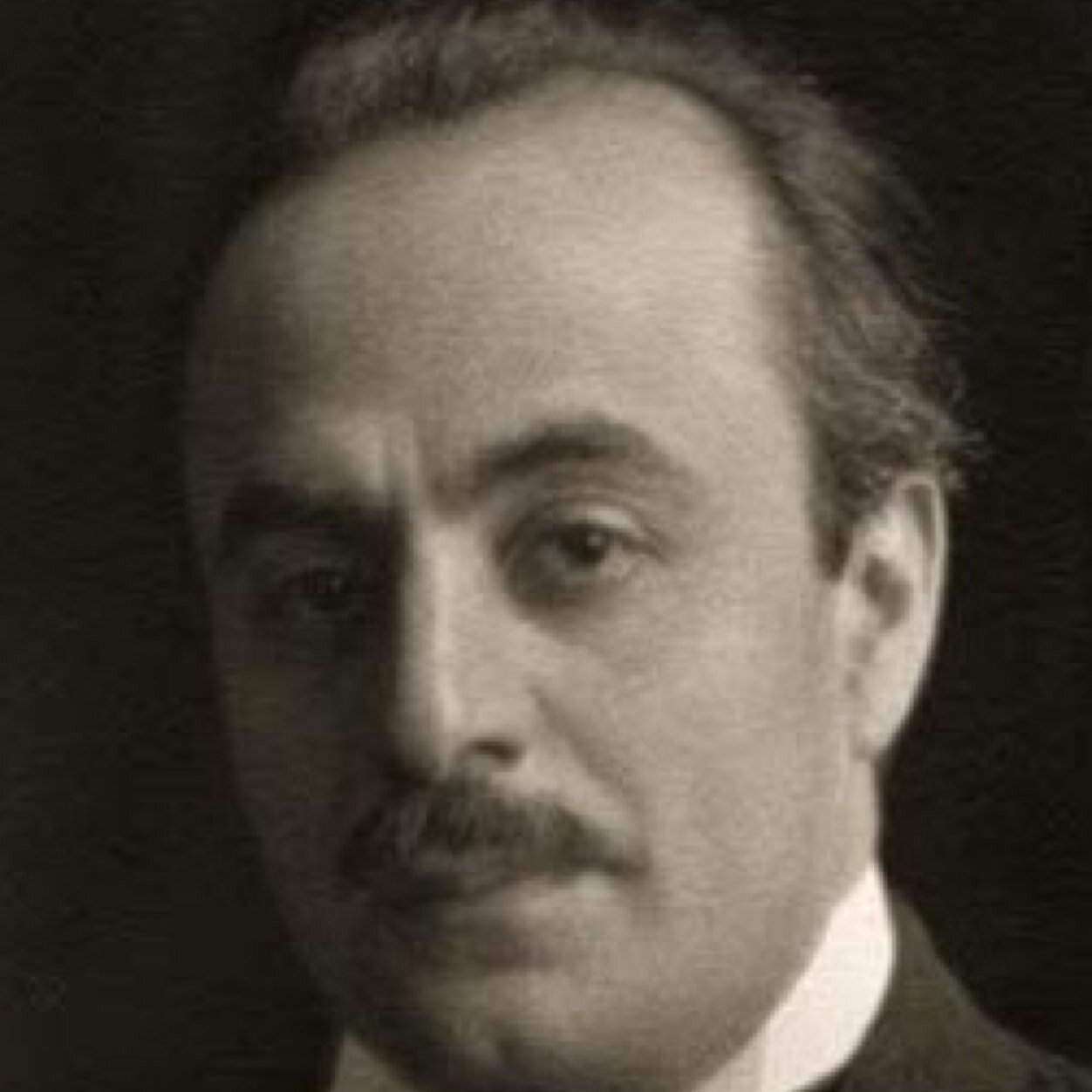
Khalil Gibran
Biography
Born in 1883 in Lebanon, Khalil Gibran was a writer and poet whose book The Prophet, achieved cult status in the United States. The book of essays grew in popularity during the 1930s and found a particular resurgence in the counterculture movement of 1960s America. He was also a prolific artist who studied in Paris hundreds of paintings and drawings.
Childhood & Early Years
Khalil Gibran, christened as Gibran Khalil Gibran, was born on January 6, 1883 in the ancient town of Bsharri, in the Mount Lebanon Mutasarrifate located in the Kadisha Valley in northern Lebanon, into a family of Maronite Christians. At the time of his birth, it was a semi-autonomous part of the Ottoman Empire.
Khalil’s father, Khalil Gibran Saad Youssef Gibran, was initially a clerk in his uncle’s apothecary shop, but before long he accumulated a huge debt from gambling and lost his job. Later he was appointed a strong man by a local administrator, Raji Bey. He was rough and bad tempered.
Khalil’s mother, Kamila nee Jubran/Rahme, was married twice before and Khalil’s father was her third husband. She had a son named Peter (Butros) from her first marriage. Six years senior to Khalil, he was very industrious and devoted to the family.
Apart from his step-brother Peter, Khalil had two younger sisters, Mariana and Sultana. Their life in the isolated village in Kadisha Valley was devoid of earthly comforts. Khalil never went to school, but was taught Arabic and Bible by the priests who visited their house.
In 1891, Khalil’s father was jailed on charges of graft and their property was confiscated by the authorities. Left homeless, they initially lived in the homes of their relatives, before deciding to follow Kamila’s brother to the USA.
Their father’s irresponsible behavior had already alienated the family, especially Peter. Therefore, even though he was released from prison in 1894 his family refused to change their plan and leaving him alone in Lebanon, they left for the USA on June 25, 1895.
In the USA, the family joined their relatives, sharing their tenement in South Boston, Massachusetts. While Peter took charge of the family, to augment the family’s income, Kamila began to peddle laces and linens from door to door. Later she opened a dry goods store.
It was in Boston that twelve-year-old Khalil Gibran started going to school for the first time and was enrolled at Quincy School on September 30, 1895. Till then known as Gibran Khalil Gibran, his name was shortened at the time of registration to Khalil Gibran.
At the school, he was placed in a special class with other immigrant children, where emphasis was placed on teaching them English language. Concurrently, he also started going to Denison House Social Center, an art school located in a nearby settlement house.
His teachers, noticing his artistic skill, introduced young Gibran to the noted photographer and publisher Fred Holland Day. On discovering his aptitude for literature and art, Day began to mentor him, calling him a ‘natural genius’.
Under Day’s mentorship, Gibran started illustrating books and drawing portraits. Eventually Day started introducing him to his friends. In 1898, one of his paintings was used as a book cover.
Watching him getting attracted to western culture, Gibran’s mother and brother decided to send him back to Lebanon so that he could first learn about his own heritage. Accordingly in 1898 he returned to Beirut, where he gained admission at the Madrasat-al-Hikmah, a Maronite-run preparatory school and higher-education institute.
After the completion of his education at Beirut, Gibran returned to Boston on May 10, 1902. By then, his younger sister Sultana had died of tuberculosis. In 1903, Peter died from the same disease and his mother from cancer. With the support of Mariana, now a seamstress, Gibran resumed his art work.
Major Works
Khalil Gibran is best remembered for his 1923 publication ‘The Prophet’. In this book, the poet talks about twenty-six different subjects such as love, marriage, children, work, death, self-knowledge, eating and drinking, joy and sorrow, buying and selling, crime and punishment, reason and passion through Prophet Almustafa’s conversation with a group of people. The first edition of the book, written in English, was sold out within two years and until 2012, it had sold nine million copies in its American edition alone. It has been translated into forty languages.
